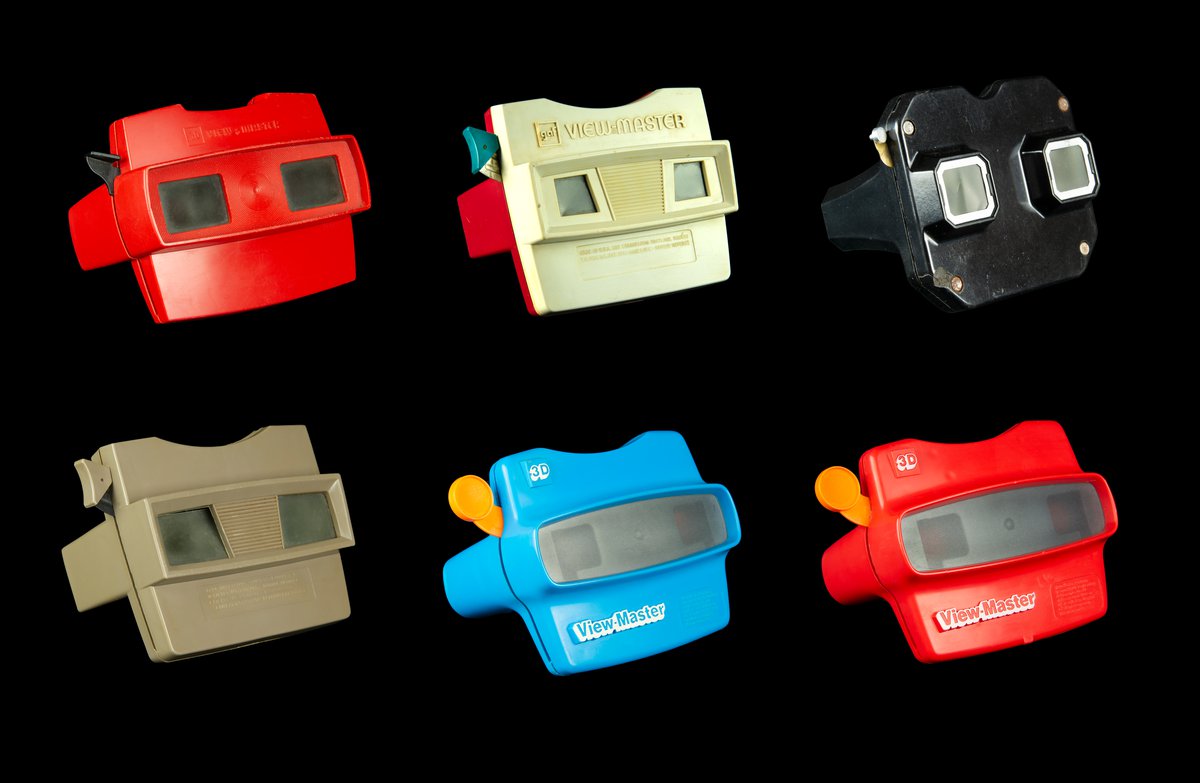From the 1930s, people could go on 3D adventures with characters like the Lone Ranger and Davy Crockett thanks to the Tru-Vue stereoscopic viewer. Strips of 35mm film featuring 14 stereo images were fed into the Tru-Vue, and a lever advanced the film and story. When held up to the light, the images appeared in 3D.
In 1951, Tru-Vue merged with the popular View-Master system, which used circular colour reels that brought tourist attractions and travel images to life in 3D. Some of the most popular View-Master reels included virtual tours of the newly built Disneyland, as well as stories featuring Mickey Mouse, Peter Pan and other popular Disney characters.
Works in this group
Related articles
Related works
Content notification
Our collection comprises over 40,000 moving image works, acquired and catalogued between the 1940s and early 2000s. As a result, some items may reflect outdated, offensive and possibly harmful views and opinions. ACMI is working to identify and redress such usages.
Learn more about our collection and our collection policy here. If you come across harmful content on our website that you would like to report, let us know.
Collection
Not in ACMI's collection
On display until
16 February 2031
ACMI: Gallery 1
Collection metadata
ACMI Identifier
Curatorial section
The Story of the Moving Image → Moving Pictures → MI-08. Immersive Innovations → MI-08-C01










